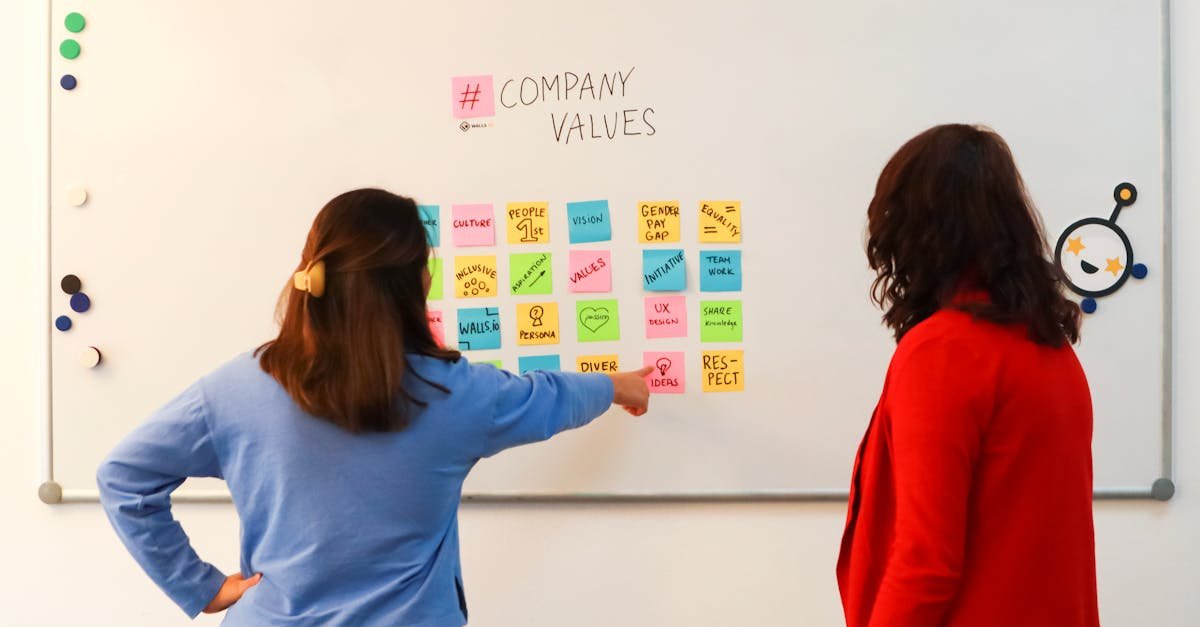Fortifying Global GBS Operations: A Cybersecurity Framework Guide
Understanding the Landscape of Cybersecurity in Global GBS Operations Ever felt that nagging worry about the security of your organization’s data? You’re not alone. As we step into an era dominated by digital transformation, safeguarding global GBS operations has become a pressing concern. Cyber threats are evolving faster than we can keep up with, and it’s crucial for everyone from associates to super users of operational systems to get on the same page. Identifying the Key Cybersecurity Risks The first step in fortifying your operations is recognizing what you’re up against. Here’s a quick rundown of common cybersecurity threats: Phishing Attacks: Fake emails designed to steal sensitive information. Ransomware: Malicious software that hijacks your data and demands payment. Data Breaches: Unauthorized access to confidential data. Insider Threats: Disgruntled employees leaking critical information. Each of these risks not only threatens data but can also harm your company’s reputation and lead to financial loss. Creating Your Cybersecurity Framework So, how do we combat these threats? It boils down to having a robust cybersecurity framework. Here’s how you can build one: Assess Your Current Situation: Conduct a thorough risk assessment. Identify vulnerabilities in your systems. Develop a Cybersecurity Policy: Outline acceptable use guidelines, incident response plans, and employee training. Implement Technical Controls: Invest in firewalls, intrusion detection systems, and antimalware solutions. Ongoing Education: Regular training programs to keep staff informed about the latest cyber threats. Regular Audits: Schedule audits to ensure compliance and identify potential gaps in your framework. The Power of Team Engagement Without your team, all those strategies and tools mean very little. Engaging your team is key to a successful cybersecurity framework. Make it more of a culture than just a policy. Share stories of breaches and the impact they had. Use real-life examples that resonate. When your associates see the real risks at stake, they’ll be more likely to buy into your security measures. Leveraging Technology for Cybersecurity Technology can be your best friend in this fight. Here are a few tools every GBS operation should consider: Intrusion Detection Systems: Monitor your network for suspicious activity. Data Loss Prevention: Prevent sensitive data from leaving your network. Virtual Private Networks (VPNs): Secure remote access to your organization’s systems. Encryption Tools: Protect your data at rest and in transit. Communicating the Importance of Cyber Hygiene Ever hear “cyber hygiene”? It’s as critical as your morning routine. Encouraging your team to maintain good habits can drastically reduce risks. Here’s what you can do: Regular Password Changes: Set intervals for password updates. Multi-Factor Authentication: Implement this wherever possible—extra layers mean extra security. Report Suspicious Activity: Foster an environment where team members feel comfortable reporting concerns. Measuring Your Cybersecurity Success After implementing a framework, how do you know it’s working? Set key performance indicators (KPIs) to measure effectiveness. Track things like: Number of incidents reported. Time to resolve issues. Staff training participation rates. Conclusion: Building a Cyber Resilient Culture Creating a cyber-resilient organization isn’t a destination—it’s a journey. Whether you’re a specialist in shared services or a process expert, everyone has a role to play. Let’s rally around a culture of safety, where we all look out for one another. For more insights and up-to-date strategies on shared services transformation, check out THEGBSEDGE blog, a valuable resource started by me, Vikrant Aglawe, with two decades of shared services experience. It’s time we all buckle down and take cybersecurity seriously.
Fortifying Global GBS Operations: A Cybersecurity Framework Guide Read More »









